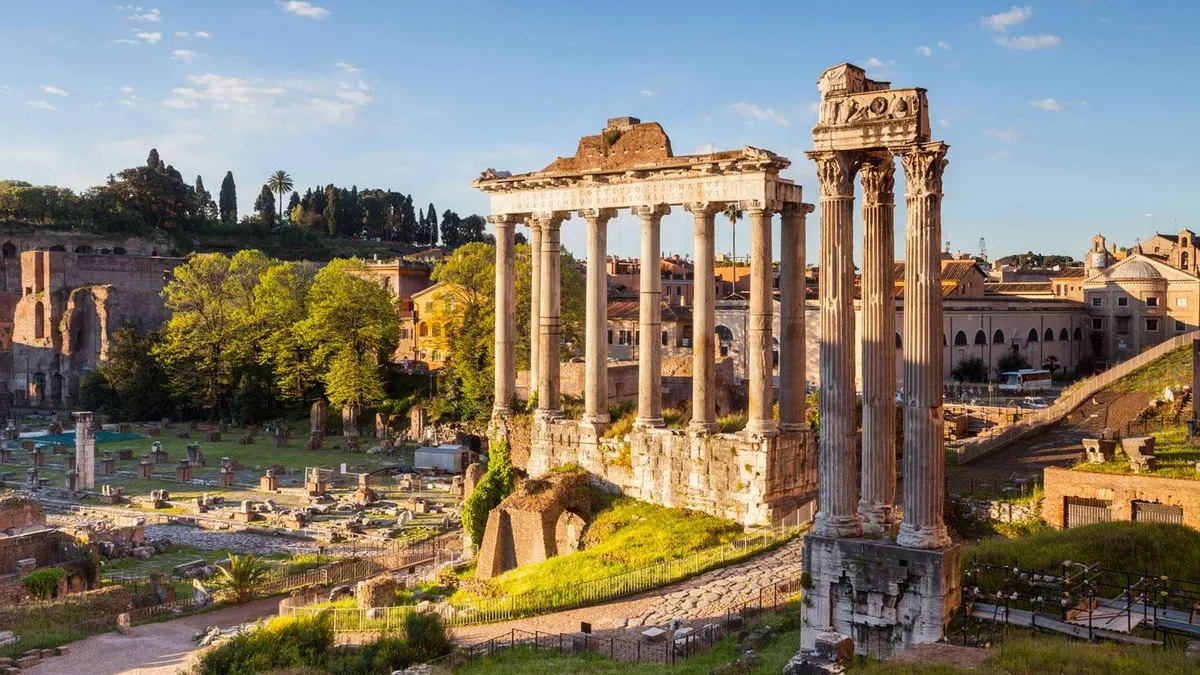Dive Brief:
-
Researchers at the University of Utah are close to figuring out why so many Ancient Roman concrete structures are still standing and even getting stronger with age, according to The Washington Post.
-
Ancient Roman concrete derives its durability from small internal crystals formed when the volcanic ash material it’s made of encounters seawater, preventing cracks.
-
The Utah research team is trying to recreate the ancient concrete formula using seawater from the San Francisco shores and volcanic rock. The new material could be used to create more robust seawalls to protect against coastal flooding.
Dive Insight:
Today’s cities bear the marks of Ancient Roman influence — among them, our water distribution systems, stadiums where sports pros replace the gladiators of centuries ago and massive arched bridges capable of large expanses.
Learning the secret to their long-lasting concrete formula would be a welcome addition to that list, and it would go a long way toward making new and existing infrastructure in the U.S. more resilient.
The country can certainly use the help. The American Society of Civil Engineers gave the U.S. a score of D+ on its latest Infrastructure Report Card, with categories like dams and levees (D) scoring slightly under the national average. While an increase in outright spending on the country’s infrastructure is the most pressing need right now, new and more resilient materials could help improve the return on that investment.
Those materials would also help as municipalities vie to reduce their carbon footprints. While lower embodied-energy materials would make the biggest impact, the need to replace current high-embodied energy standbys like concrete less often would also help.
Researchers are looking to concrete as one material that can be modified to help achieve those aims. For one, new research suggests that in application, concrete may actually be a carbon sink. Meanwhile, Drexel University researchers are among those looking for ways to help concrete better stand up to wear. Still other projects are engineering concrete to self-repair, resist heat and even take on new forms entirely.













